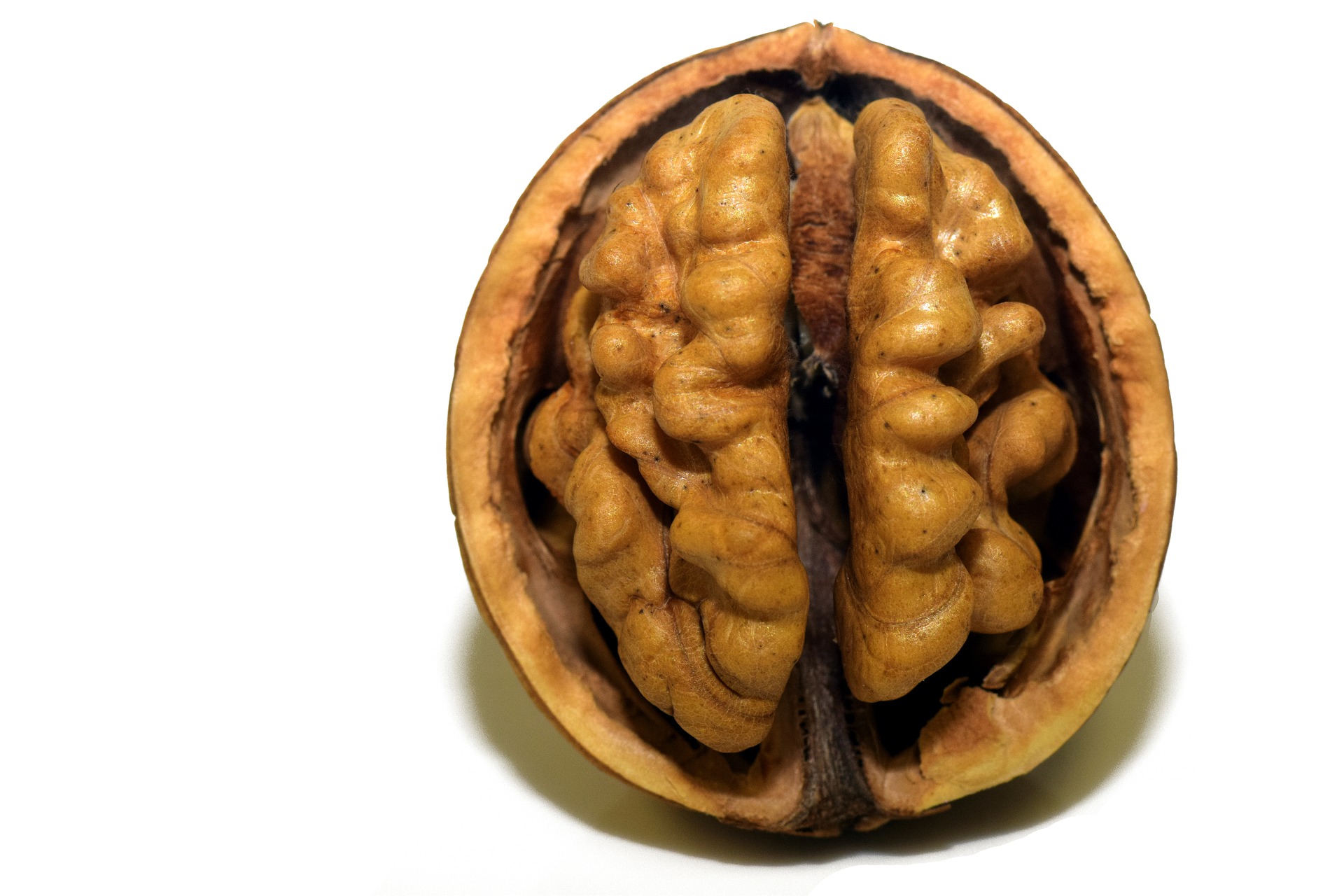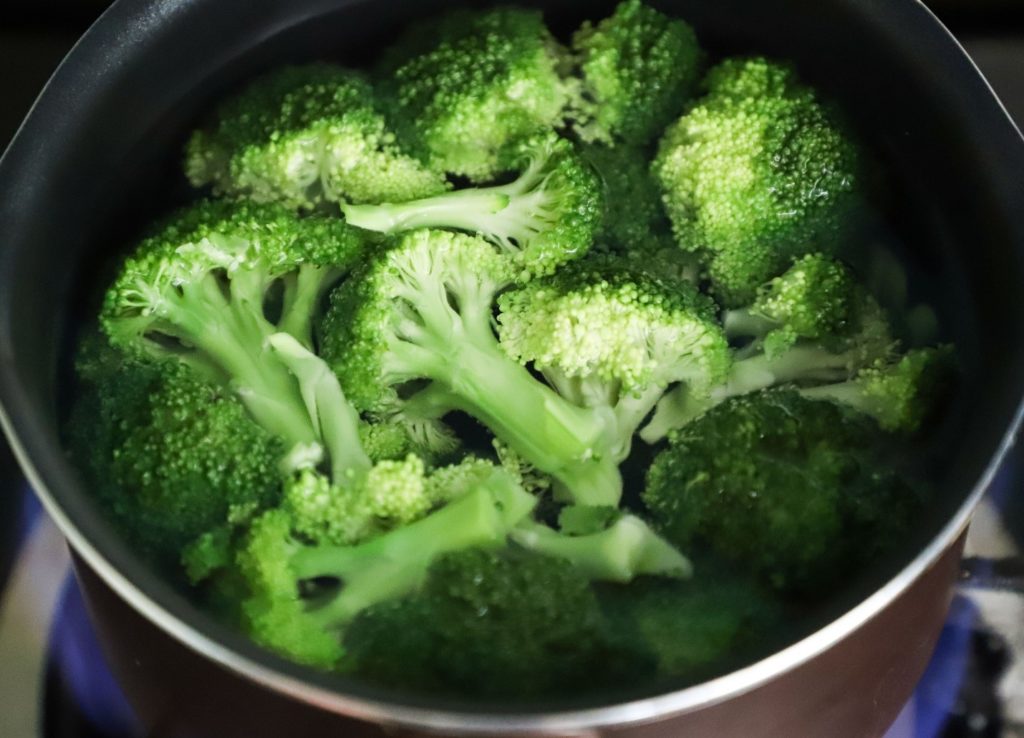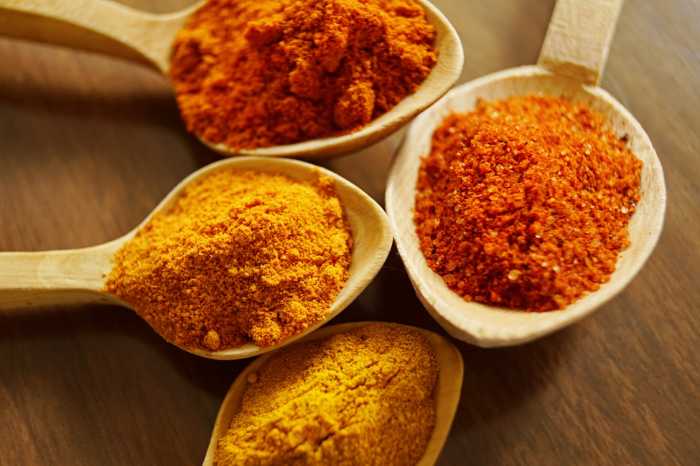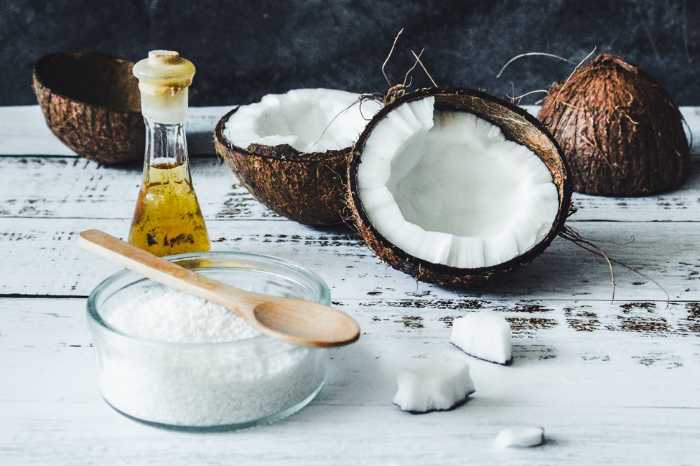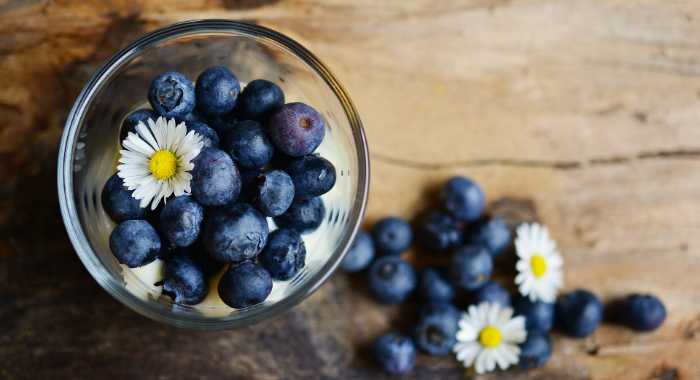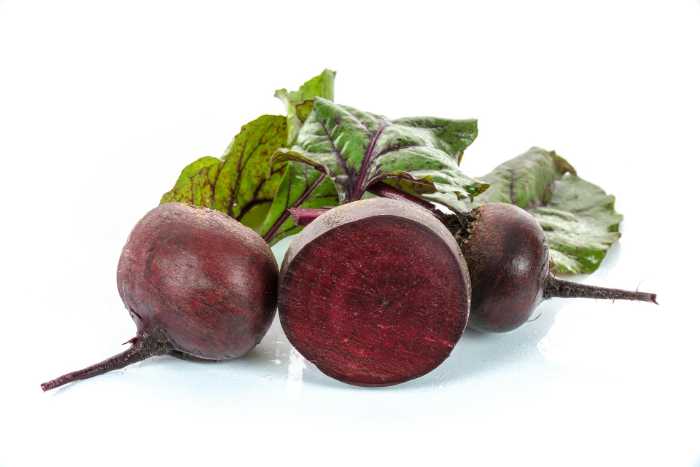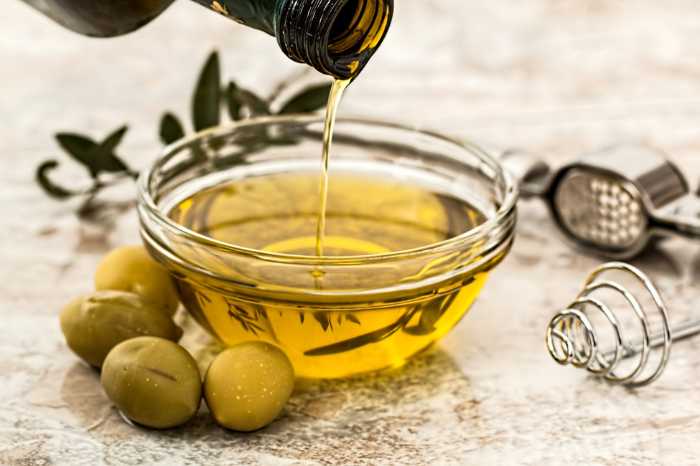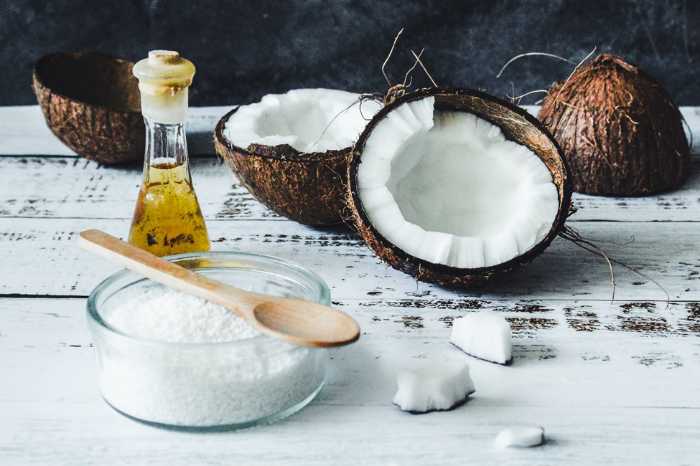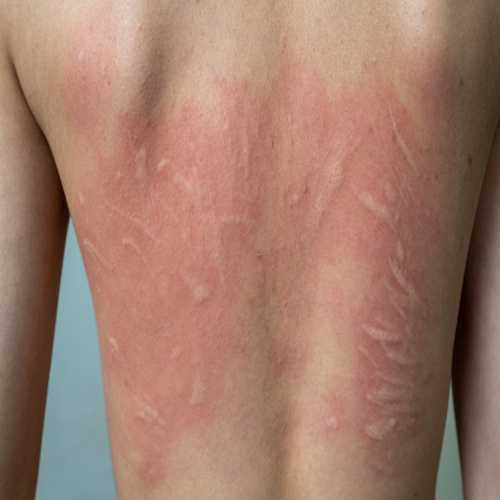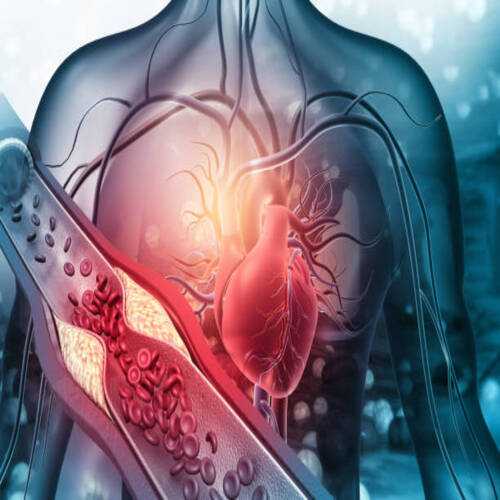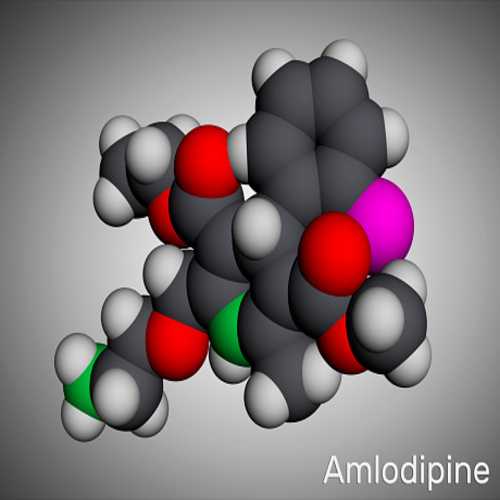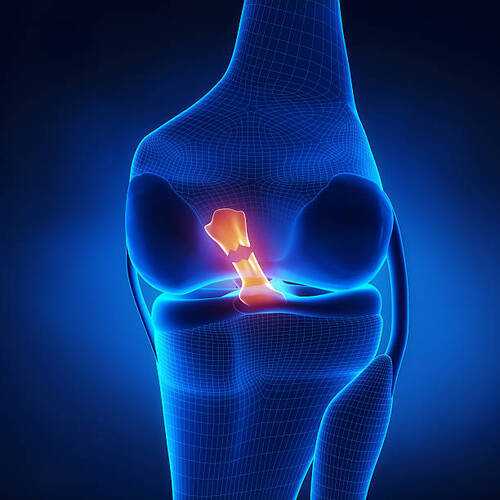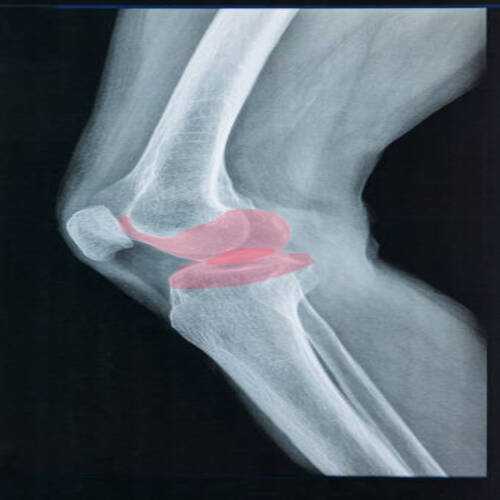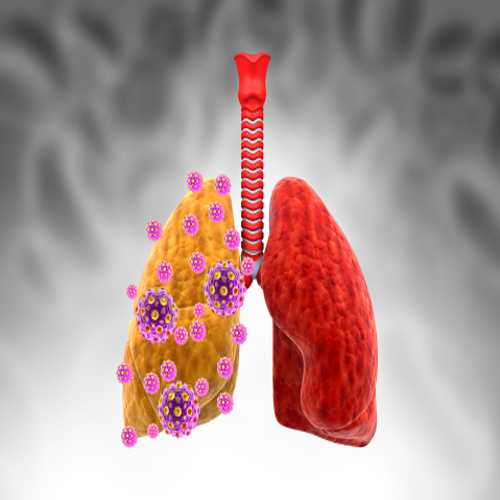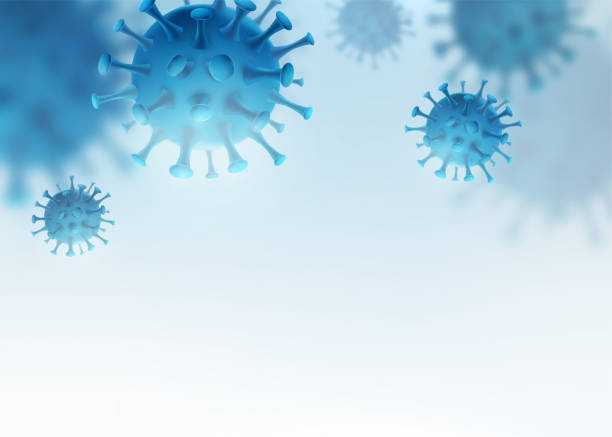What is North Korea like? This question has been on many people’s minds in recent years, as the country has made headlines for its controversial laws for North Korean people. Some of these laws are so strange that you may not believe they are real! In this blog post, we will discuss some of the most outrageous North Korean laws to date. Stay tuned, it’s about to get crazy!
About North Korea
Before we get into the list of North Korean laws, let’s first take a look at what North Korea is like as a country. North Korea is located in East Asia. The country shares borders with China and South Korea and has a population of about 25 million people.
North Korea is led by Supreme Leader Kim Jong-un, who assumed power in 2011 after the death of his father, Kim Jong-il. Under Kim Jong-un’s leadership, North Korea has become increasingly isolated from the rest of the world. In recent years, there have been several international incidents involving North Korea, such as their nuclear weapon tests and rocket launches. These actions have led to increased sanctions from the United Nations.
Why Is There A North Korea And A South Korea?
The country of Korea was divided into North and South after World War II. At the end of the war, Japan surrendered and withdrew from Korea. The Soviet Union then occupied the northern part of the peninsula, while the United States occupied the southern part.
The two countries were then divided at the 38th parallel, with North Korea under Soviet control and South Korea under US control. This division was meant to be temporary, but the two countries eventually became permanently divided in 1948. North Korea then became a communist state, while South Korea became a democracy.
The Korean War began in 1950 when North Korea invaded South Korea. The United States came to the aid of South Korea, and the war eventually ended in a stalemate. To this day, North and South Korea are still technically at war with each other.
Life In North Korea

So what is life like in North Korea? Unfortunately, we don’t know a whole lot about what goes on inside the country, as it is one of the most secretive nations in the world. However, we do know that life is very different from what we are used to in the Western world.
For starters, North Koreans are required to have a North Korean government-issued ID card with them at all times. The ID card includes information such as their name, age, gender, and occupation. North Koreans are also required to wear badges that show their allegiance to the Supreme Leader.
There is very little freedom in North Korea, as citizens are not allowed to travel freely within the country or outside of it. The North Korean regime also controls the media, and what information citizens are allowed to access.
Now that we’ve given you a little background on North Korea, let’s get into the list of outrageous North Korean laws!
The List of Outrageous North Korean Laws
State-sanctioned Haircut
In North Korea, citizens are required to have one of 28 approved hairstyles. Men are allowed to choose from 14 different styles, while women are allowed to choose from 18. The hairstyles are based on gender, age, and occupation.
If you want to deviate from the approved list of hairstyles, you need to get a special permit from the government.
Not So Free Speech
Most North Koreans are not allowed to express their opinions freely. The government controls what information citizens are allowed to access, and what they are allowed to say. If you criticize the government in any way, you could be sent to a prison camp.
Disloyalty To The Leader Can Mean The Death Penalty
The supreme leader of North Korea is Kim Jong-un, and citizens are required to show him allegiance at all times. If you are caught being disloyal to the leader, you could be sent to a prison camp or even executed.
Three-generation Punishment
In North Korea, if you commit a crime, your entire family will be punished along with you. This includes your grandparents, parents, siblings, and children.
Not Allowed To Leave The Country
Unless you have a very good reason, such as work or study, you are not allowed to leave North Korea. If you are caught trying to leave the country without permission, you could be sent to a prison camp.
Sunday Is Collective Labor Day
Every Sunday, North Koreans are required to participate in collective labor. This could involve working on a farm, cleaning up the streets, or even working in a factory.
Own Basketball Rules
In North Korea, the government has its own rules for basketball. These rules are different from the international rules that we are used to.
No Marijuana Law
In North Korea, there is no law against marijuana. However, this does not mean that it is legal to smoke weed. If you are caught smoking weed, you could be sent to a prison camp.
Military Service Is Compulsory
All able-bodied North Korean men are required to serve in the military for a minimum of ten years. Women are not required to serve in the military, but they can if they choose to.
Different Calendar
North Korea has its calendar, which is different from the Gregorian calendar that we use in the Western world. The North Korean calendar starts with the year of the birth of Kim Il-sung, the country’s first supreme leader.
So there you have it! These are just some of the outrageous North Korean laws that you won’t believe are real.
Conclusion
Even though North Korea is a secretive country, we know that it operates differently from what we are used to in the Western world. The government has control over what its citizens can do and say, and there is very little freedom. If you break one of the North Korean laws, you could be sent to a prison camp or even executed.


